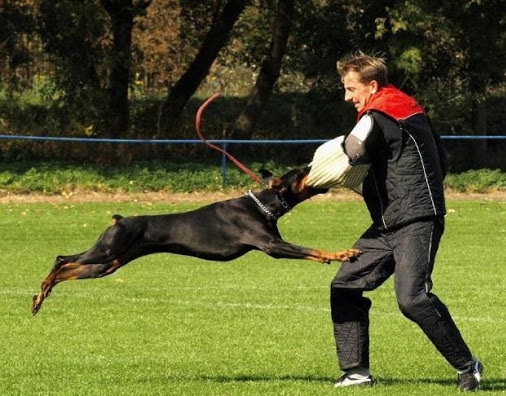Dog Training Tips for Beginners
Dog Training Tips for Beginners
Training your dog is an essential part of ensuring a happy and harmonious relationship between you and your furry friend. While it may seem daunting at first, with the right approach and patience, even beginners can successfully train their dogs. Here are some practical and effective dog training tips to help you get started.

Start with Basic Commands
The foundation of dog training lies in teaching basic commands such as “sit,” “stay,” “come,” and “leave it.” These commands form the basis for more advanced training and help establish control over your dog. Use simple words and maintain consistency to avoid confusing your dog.

- “Sit”: Hold a treat close to your dog’s nose and move your hand upward, allowing their head to follow the treat. This will naturally lead their bottom to lower. Once they sit, reward them with the treat and praise.
- “Stay”: Ask your dog to sit, then open your palm in front of them and say “stay.” Take a few steps back. If they stay, reward them immediately.
Use Positive Reinforcement
Positive reinforcement is one of the most effective methods for training dogs. Reward your dog with treats, toys, or praise when they display the desired behavior. Avoid using punishment, as it can lead to fear or anxiety in your dog.
- Keep training sessions short, around 5-10 minutes, to keep your dog engaged.
- Be consistent with rewards and ensure they are given immediately after the desired behavior.
Be Patient and Consistent
Training takes time and effort, so patience is key. Dogs thrive on routine and consistency. Use the same commands and signals each time to avoid confusing your dog.
- Train your dog in a quiet environment with minimal distractions.
- Practice regularly, but don’t overdo it. Allow your dog to rest and play between training sessions.

Socialize Your Dog Early
Socialization is a critical part of training, especially for puppies. Introduce your dog to different environments, people, and other animals. This helps them become well-adjusted and confident.
- Take your dog to parks, pet-friendly events, or even walks around the neighborhood.
- Reward calm and friendly behavior during socialization.
Address Problem Behaviors Early
If your dog exhibits unwanted behaviors like excessive barking, chewing, or jumping, address them early. Ignoring such behaviors can make them harder to correct later.
- Chewing: Provide appropriate chew toys and remove items your dog shouldn’t chew.
- Jumping: Turn away and avoid giving attention when your dog jumps on you. Reward them when they greet you calmly.

Use Clicker Training
Clicker training is an excellent method for teaching specific behaviors. A clicker produces a distinct sound that signals to your dog they have done something right.
- Pair the click sound with a treat initially so your dog associates the sound with a reward.
- Use the clicker immediately after the desired behavior to reinforce it.
Practice Recall Training
Teaching your dog to come when called is crucial for their safety. Make it fun and rewarding for your dog to come to you.
- Use a happy and enthusiastic tone when calling your dog.
- Reward them generously when they respond, even if it takes a little while.
- Gradually increase the distance and distractions during recall training.
Seek Professional Help if Needed
If you’re struggling with training or dealing with specific issues, don’t hesitate to seek professional help. Dog trainers and behaviorists can provide valuable guidance tailored to your dog’s needs.
Final Thoughts
Training your dog is a journey that requires commitment, but the rewards are well worth the effort. By starting with basic commands, using positive reinforcement, and maintaining patience, you can build a strong bond with your dog while teaching them good manners. Remember to enjoy the process and celebrate small victories along the way!
This article provides beginner-friendly dog training tips, including teaching basic commands, using positive reinforcement, addressing problem behaviors, and seeking professional help when necessary. Start training your dog with patience and consistency for the best results.




